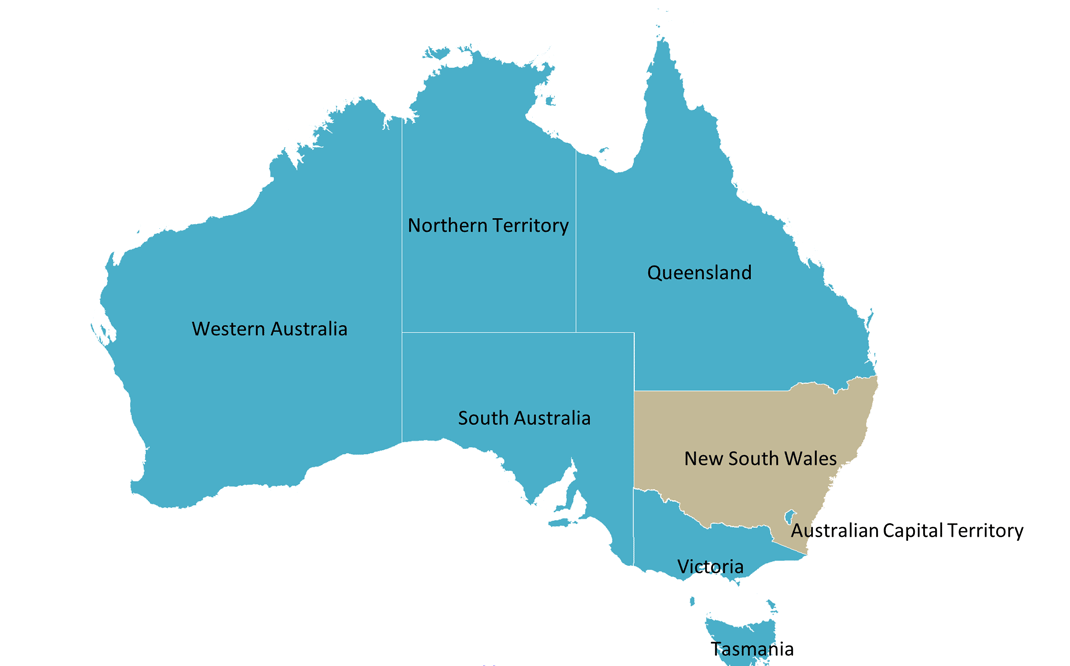[[{“value”:”
The New South Wales government has released a draft Hemp Industry Development Plan to ease licensing requirements, advance research and market access, and boost supply chain development.
The initiative proposes to amend the state’s Hemp Industry Act 2008 and the Hemp Industry Regulation 2016 to make cultivation and licensing more flexible while maintaining strong public safety standards.
“The draft plan proposes an industry vision to establish hemp as a mainstream crop and sustainable source of products in NSW,” the government said in a press release. “With the global hemp market projected to grow, the proposed plan identifies where government, industry and stakeholders can concentrate efforts to capitalize on opportunities for the local hemp industry.”
The initiative, from the NSW Department of Primary Industries and Regional Development (DPIRD), aims to improve yields, advance creation of secure high-value markets, and build market demand, particularly as Australia moves toward a low-carbon economy.
Focus on supply chain
The plan builds on the work of the NSW Hemp Industry Taskforce, established in February 2024 to explore ways to strengthen the role of industrial hemp in a net-zero, circular economy. The task force, formed after a 2023 industry roundtable, was tasked with identifying barriers and opportunities, including cutting regulatory red tape and harmonizing laws nationally.
Since NSW’s Hemp Industry Act 2008 took effect, New South Wales has seen a cumulative total of just 1,800 hectares of hemp cultivated, despite more than 33,000 hectares approved for harvest in 2023-24 alone, when only 1,350 hectares were actually harvested. As of March 31, 2025, the industry had 170 licenses issued and 254 licensed facilities statewide, with 19 new licenses granted and 11 licenses renewed for an additional five years between July 1, 2024, and March 31, 2025.
Key objectives
The draft plan identifies four primary development objectives:
Giving farmers access to hemp varieties suited to NSW production conditions, backed by best practice guidelines.
Developing processing and value-adding infrastructure across production zones to support regional jobs.
Building consumer awareness and confidence in hemp products through product standards and quality assurance programs.
Creating regulations that reflect a progressive approach to hemp.
The government is inviting feedback on key aspects of the draft plan during a public consultation that closes on May 19. The final version of the plan is expected to be published by mid-2025 on the DPIRD website.
“}]] The draft plan proposes an industry vision to establish hemp as a mainstream crop and sustainable source of products. Read More


